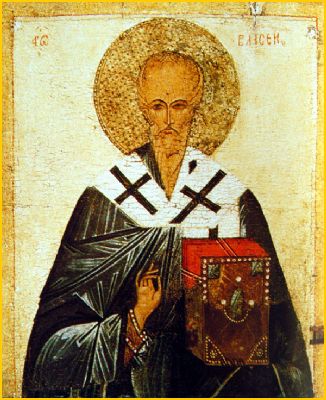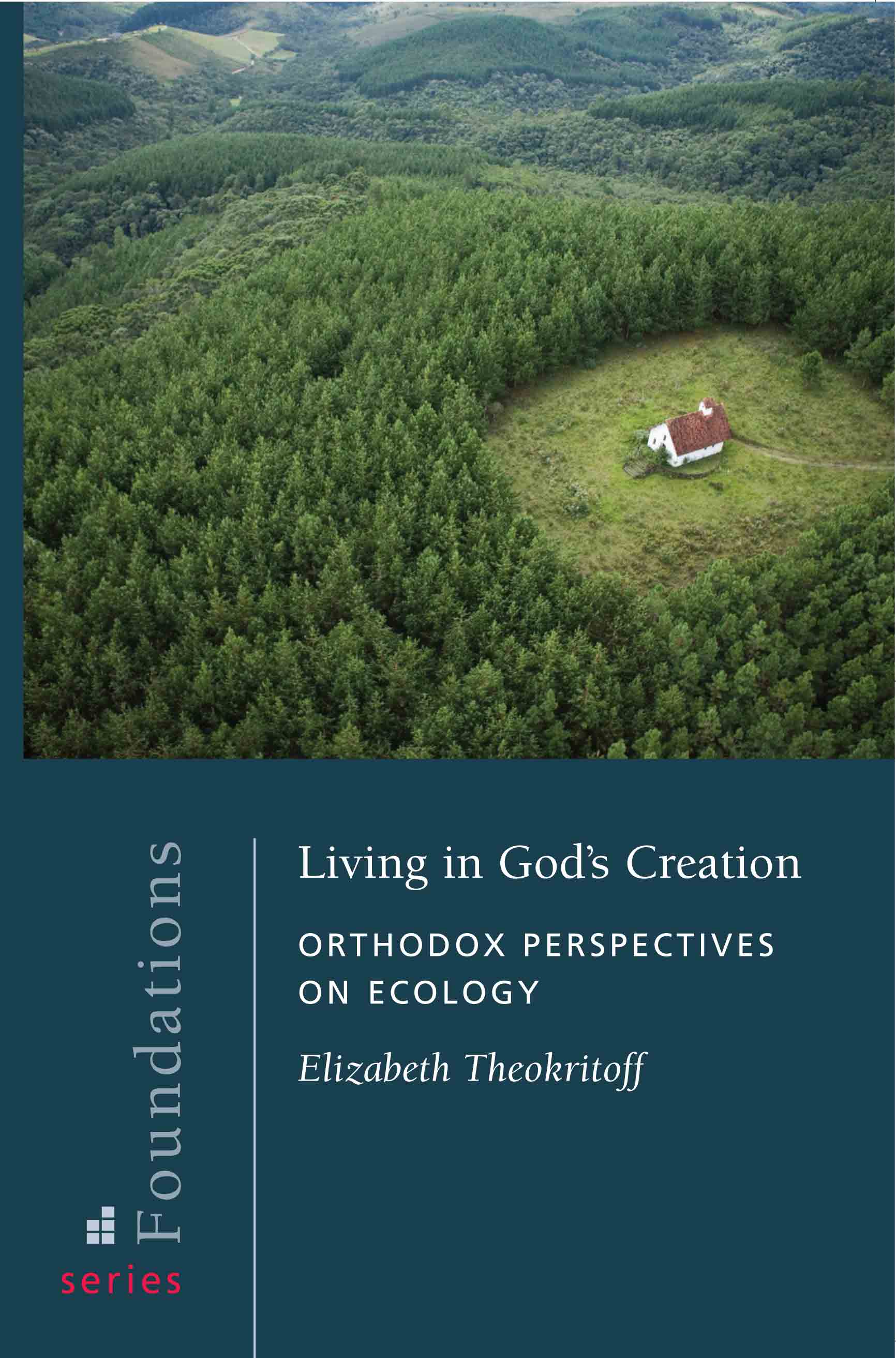|
|||
|---|---|---|---|
| This weekly bulletin insert complements the curriculum published by the Department of Christian Education of the Orthodox Church in America. This and many other Christian Education resources are available at http://dce.oca.org. | |||

The Church commemorates Saint Blaise, the fourth-century bishop of Sebaste in Armenia who lived during the persecutions of Christians by the emperor Diocletian. The bishop encouraged imprisoned believers, prayed for the martyrs, and stood courageously for the faith. In his later years, Saint Blaise retreated to a mountain cave. Wild beasts recognized him as a trustworthy person and kept him company, even receiving healing from him. Human beings were not so able to see Saint Blaise's holiness as the animals were; he was arrested at his cave, tortured, and martyred. But believers for centuries have prayed to him for the well-being of domestic animals. A book entitled "Living in God's Creation" by Elizabeth Theokritoff, and published by St. Vladimir's Seminary Press, describes the authentic Orthodox Christian understanding of creation, an understanding which has enabled Saint Blaise and many others to live in true harmony with the world. The book makes an important distinction between "the environment" and "creation." The environment is something around us; it is defined in relation to human beings. Creation is defined in relation not to us, but to the Creator. It is "the reality to which we ourselves belong, along with everything else from archangels and galaxies to caterpillars and quarks." This recognition of creation as having value is central to the Christian Gospel. Such a Gospel came as something brand new to a world steeped in pagan Greek philosophy, which saw the body as a prison of the spirit, and matter as worthless. Christians said something startlingly different: "When we affirm that eternal life involves resurrection, we are saying that matter has an eternal significance." Living in God's Creation traces this authentic understanding of creation through the teachings of the Church Fathers, the ascetical and monastic tradition, and the worship and sacraments of the Orthodox Church. Although the author's scholarship is exceptional, it is never heavy or intimidating, and gives us much to think about. For example, she writes: "We should know by now that there is no path to the Kingdom except through a thousand ordinary, humdrum decisions, whether it is sparing a kind word for somebody or recycling a sheet of paper." 
One chapter of the book offers stories of saints who valued creatures and matter as God's gift. We meet Paul of Oborna, a forest-dweller who often sat with birds perched all over him and eating from his hands, while bears nearby patiently waited their turn as foxes and rabbits ran around, with no fear of Paul or of each other. Other saints also befriended animals; some lived with vipers. Their relationship was never sentimental, and they didn't champion "animal rights" but acknowledged the "rightful place" of animals and growing things in creation. The book calls us to live "sacramentally", neither putting our hope in technology nor looking back to some "golden age" of harmony with nature, but conforming ourselves to God's will and anticipating the transfiguration of all things. Saint Blaise, awaiting martyrdom, would have known just what that means. |
|||
